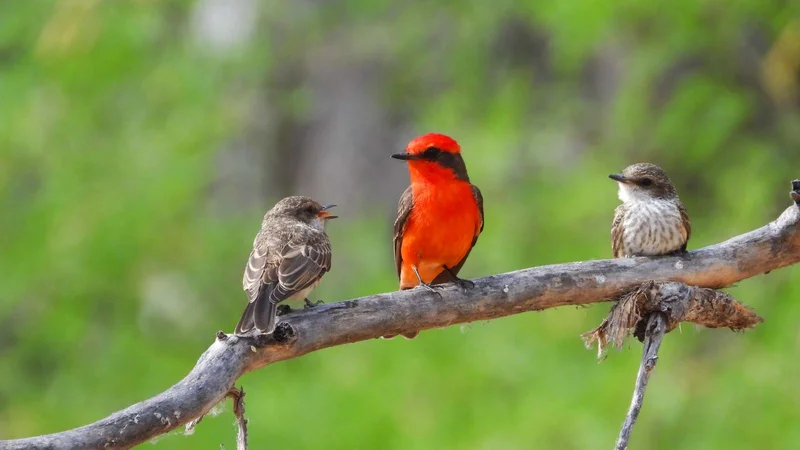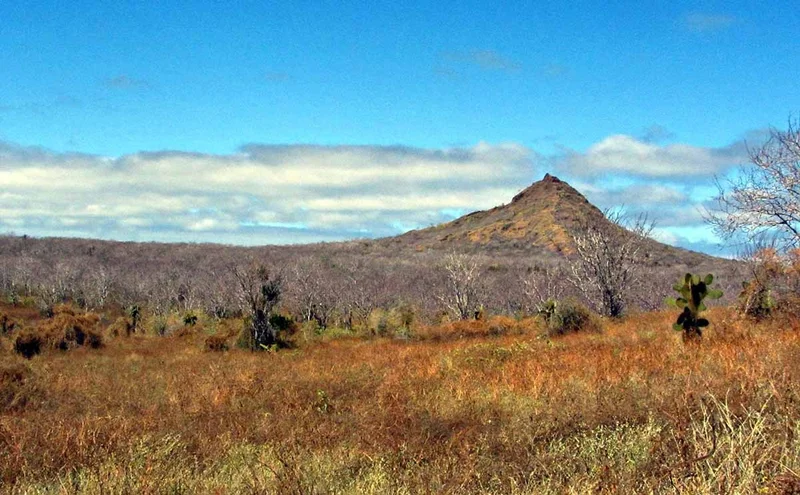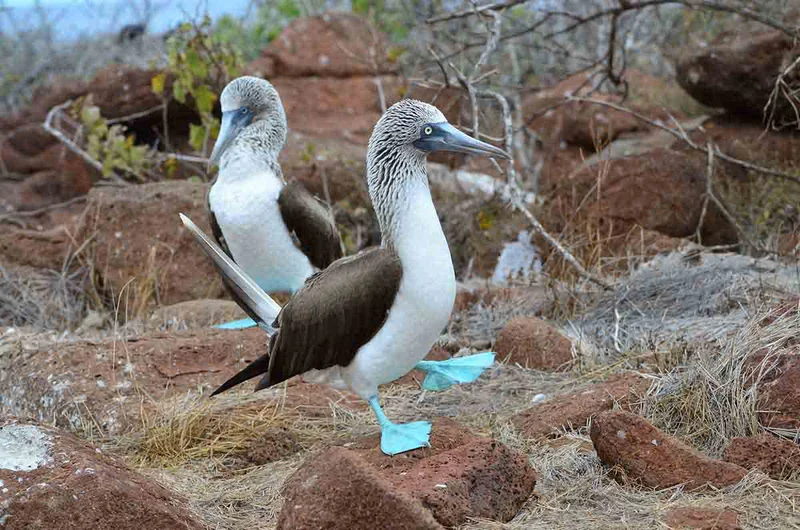
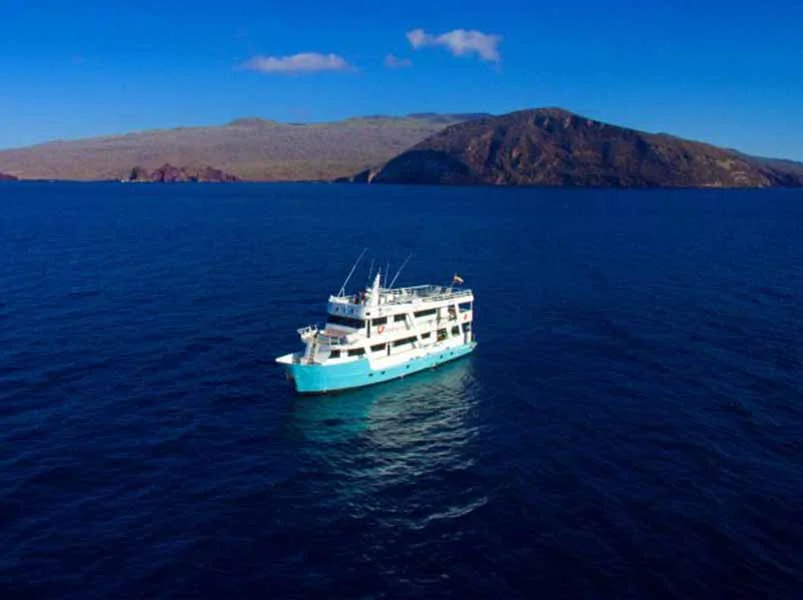
8 Day Galapagos Itinerary
Day 1: Baltra Island
In the afternoon, visit North Seymour, a popular destination known for its abundant birdlife. A simple circular path leads through extensive colonies of blue-footed boobies and frigate birds. During the breeding season, male frigate birds inflate their vivid red pouches, creating impressive displays. This site offers a unique opportunity to observe both magnificent and great frigate birds nesting side by side.
Day 2: South Plaza Islans & Santa Fe Island
In the afternoon, visit Santa Fe, situated in the southeastern part of the Galapagos. This island, believed to be one of the oldest in the archipelago, features endemic species like the Galapagos Hawk, Galapagos snake, Galapagos mockingbird, and land iguanas. Disembark into clear waters to encounter sea lion colonies. Explore trails lined with salt bushes and giant prickly pear cacti, characteristic of oceanic islands. Snorkel with playful sea lions and tropical fish for a memorable experience.
Day 3: Cormorant Point, Champion Islet & Post Office Bay, Baroness Lookout
In the afternoon, visit Post Office Bay and Baroness Lookout, two nearby sites on Floreana's northern coast. At Post Office Bay, participate in a historic tradition by posting postcards in the peculiar barrel used for an improvised mail service between British 16th-century whalers and poachers.
Day 4: El Chato Reserve, Twin Craters & Fausto Llerena Breeding Center
In the afternoon, visit the Fausto Llerena Breeding Center at Charles Darwin Research Station. View tortoises from Española Island, ending at the exhibit corral where these tortoises are accustomed to humans and ideal for photographs.
Day 5: Santa Cruz Island: Dragon Hill & Santiago Island: Sullivan Bay
In the afternoon, experience Sullivan Bay on Santiago Island, resembling a moon landing with its desolate, sprawling fields. Despite its appearance, this island is popular among photographers and teems with life. Discover green sea turtles nesting on the small white sand beach, alongside crabs, blue herons, and oystercatchers.
Day 6: Santiago Island: Egas Port & Chinese Hat
In the afternoon, explore Chinese Hat Islet off the rocky coast of Santiago, featuring a 52m/170ft volcanic cone. Witness a small colony of Galapagos penguins settled here. Learn about volcanoes, lava bombs, and lava tunnels while approaching Chinese Hat from the north. Observe pioneer species colonizing this barren islet, with beautiful white coral sand beaches and eroding lava fields filled with lava sand enabling rooting. Galapagos sea lions and marine iguanas contribute to the ecosystem, fostering growth of new plant life like saltbush and sesuvium carpet.
Day 7: Rabida Island & Bartolome Island
In the afternoon, visit Bartholomew Island, one of the youngest in the archipelago born out of fire. Climb stairs to the island's viewpoint (114m/375ft) for a postcard view of 'Pinnacle Bay'. Witness threatening volcanic landscapes with nearby spatter cones and craters, showcasing lightweight lava droplets from fiery fountains. Explore the Summit Trail to see how pioneer vegetation like lava cactus struggles to root in the bare virgin lava fields.
Day 8: Mosquera Islet & Baltra Island
Later, transfer out to Baltra Airport (GPS) as your Galapagos journey comes to an end. Farewell from the crew and naturalist guide, who will assist you with luggage to the Seymour Ecological Airport for your departure. If you've booked an extended stay, new passengers will be welcomed aboard to continue the adventure to the next site!
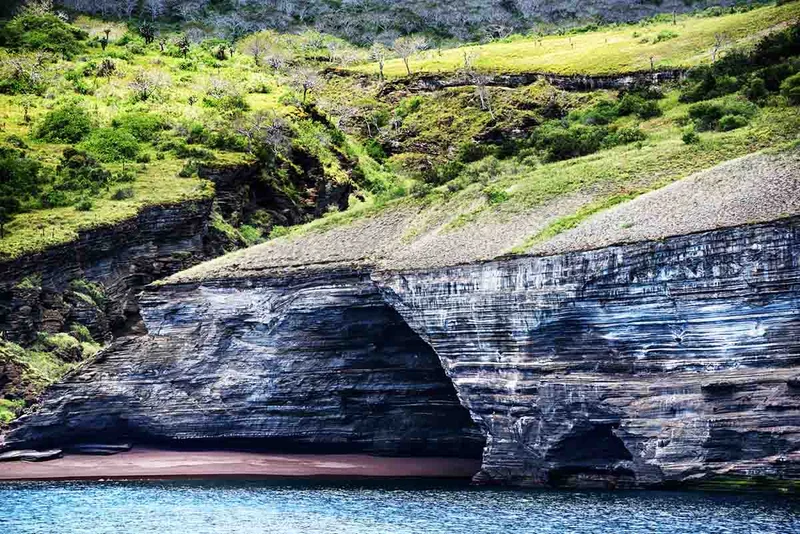
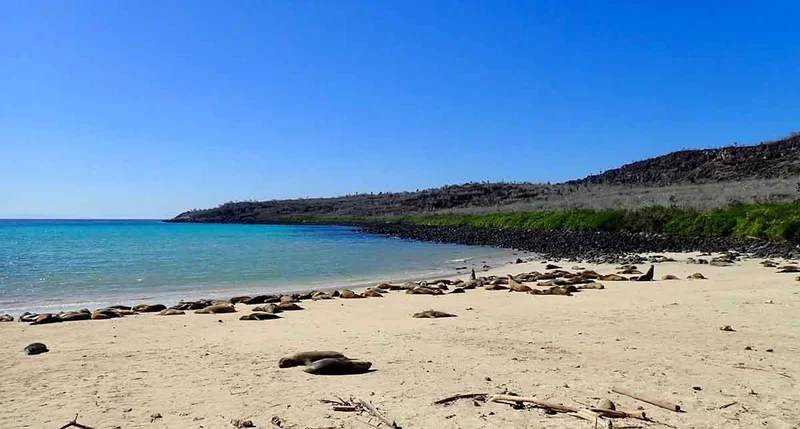
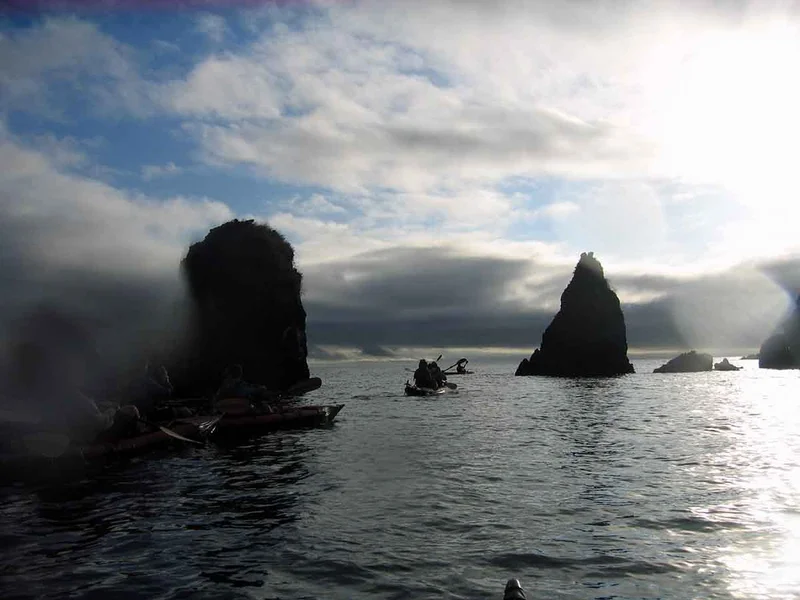
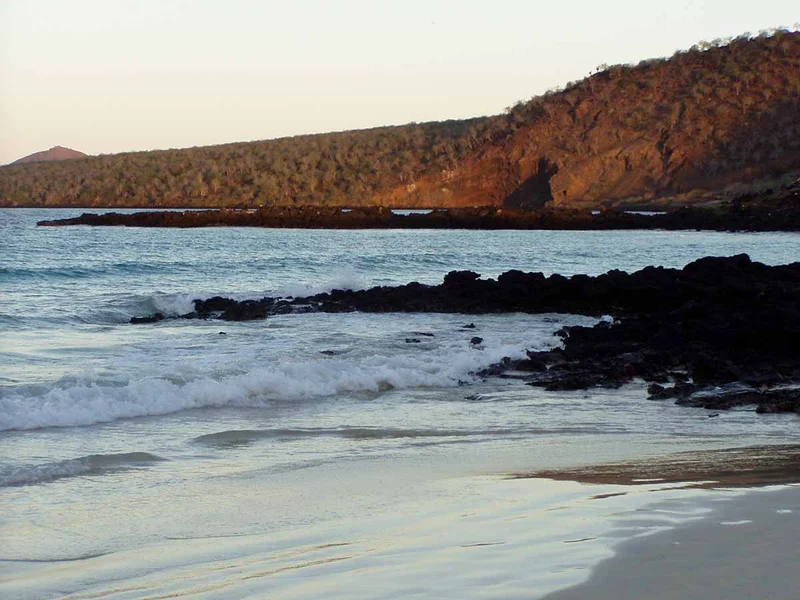
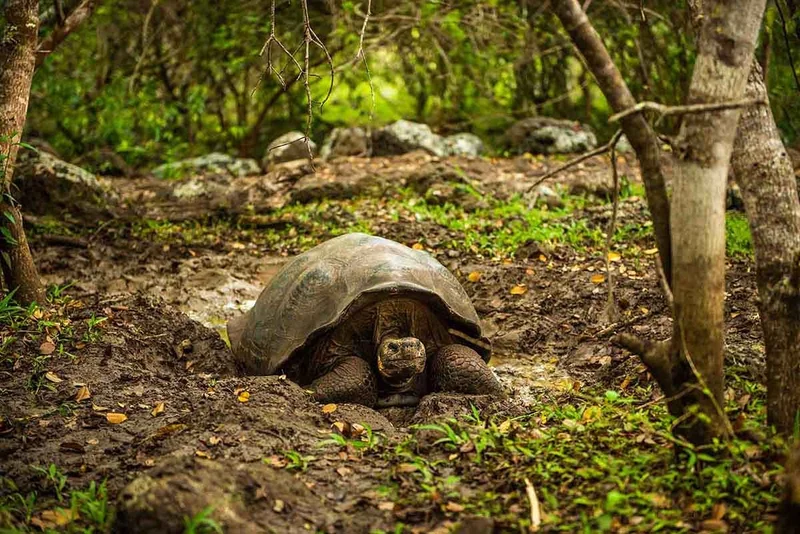
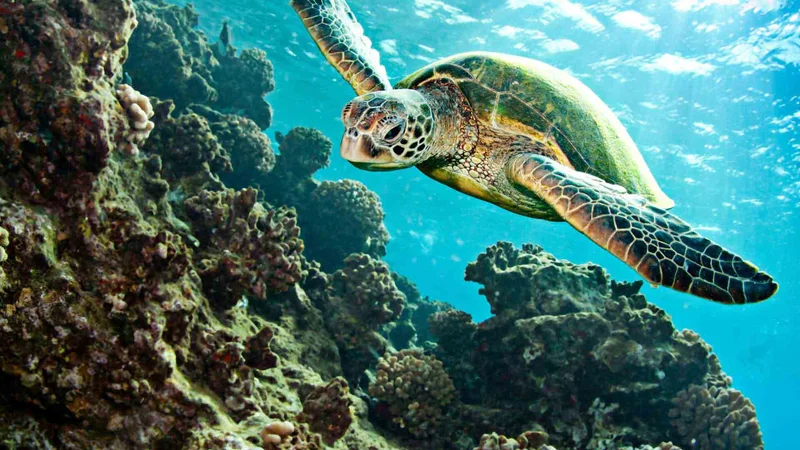
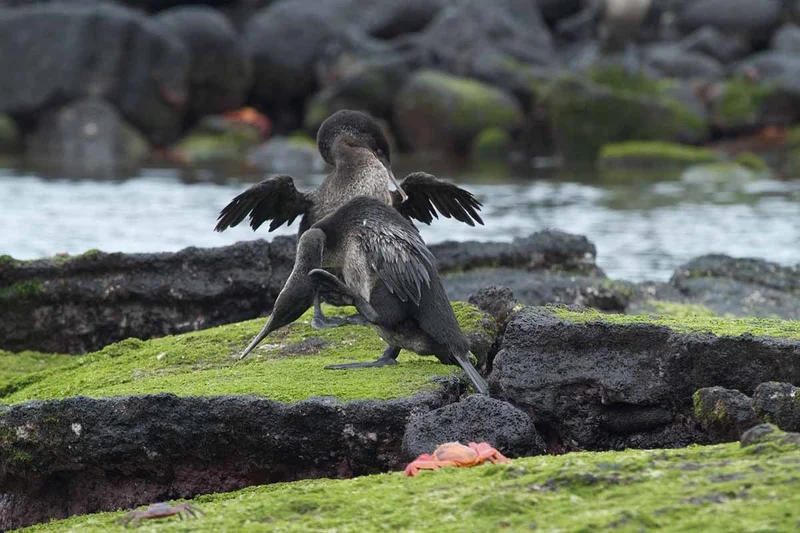
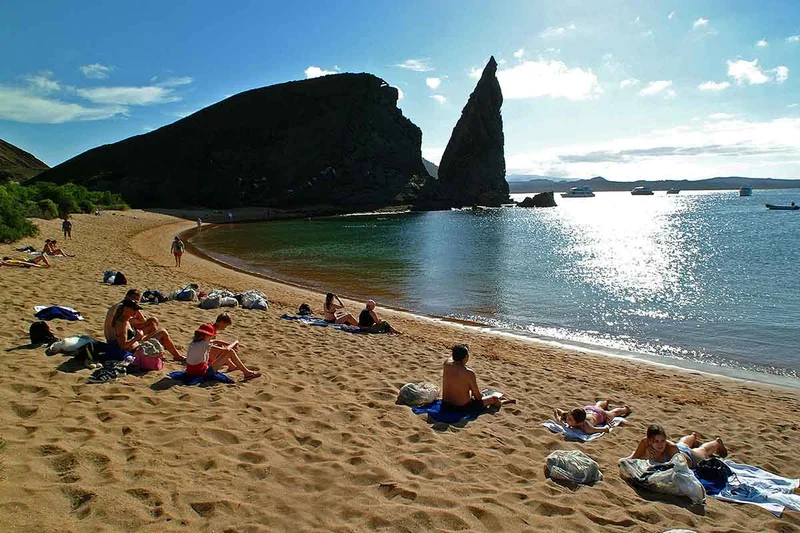
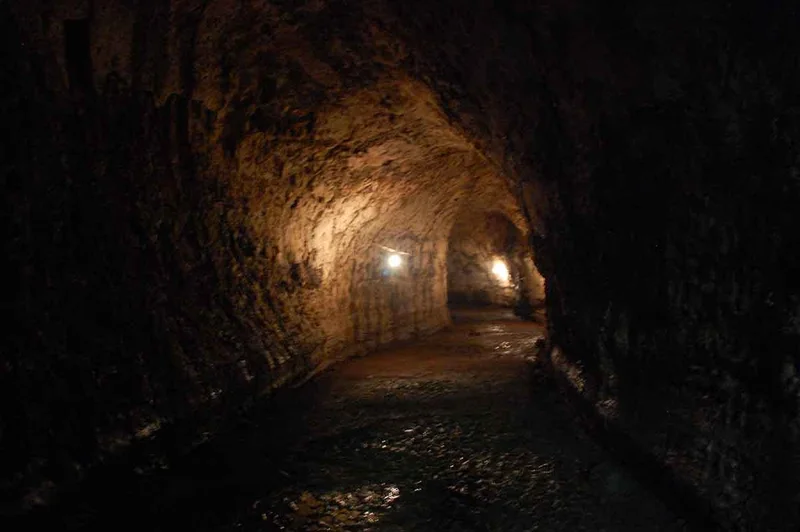
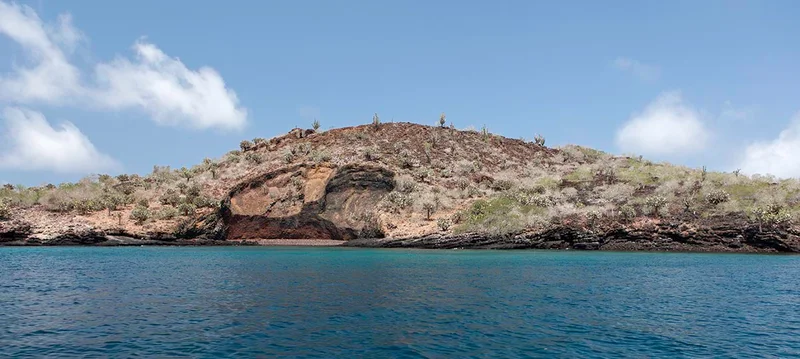
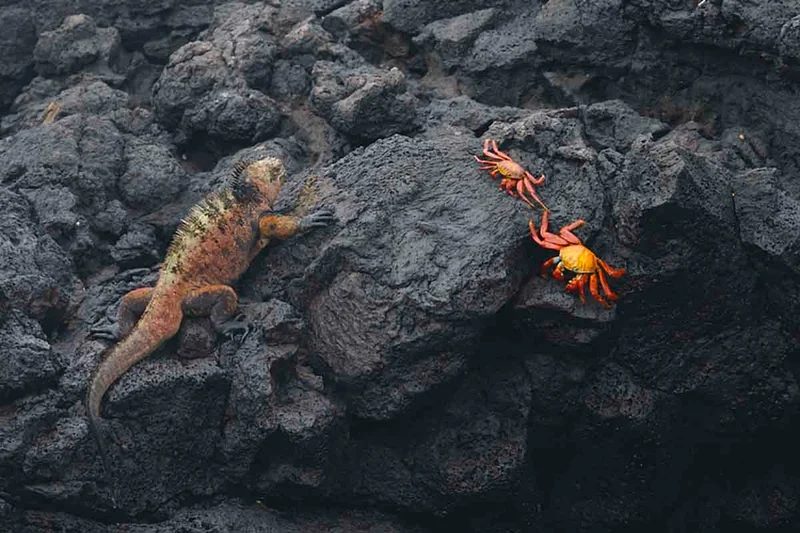
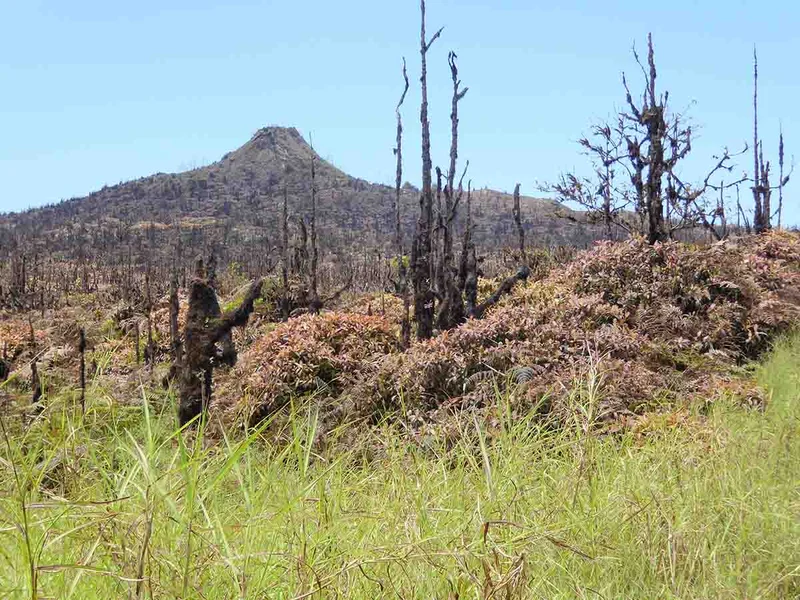
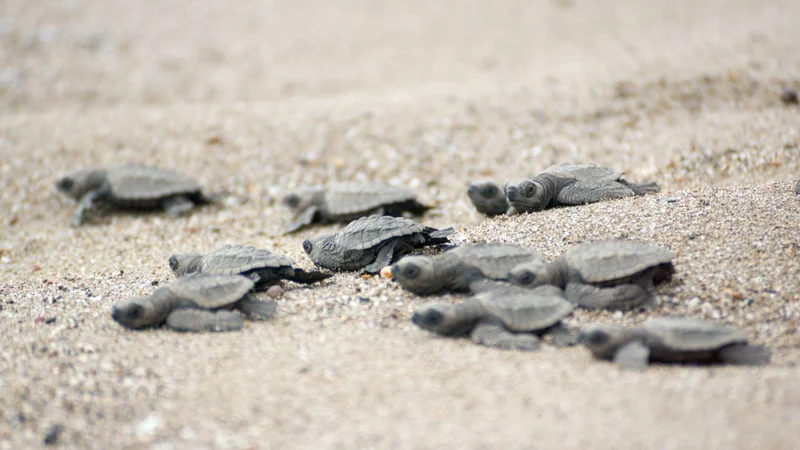
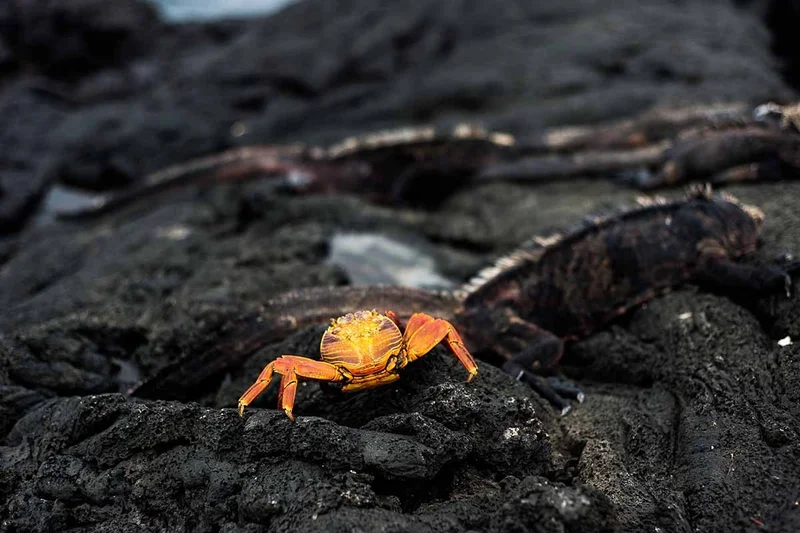
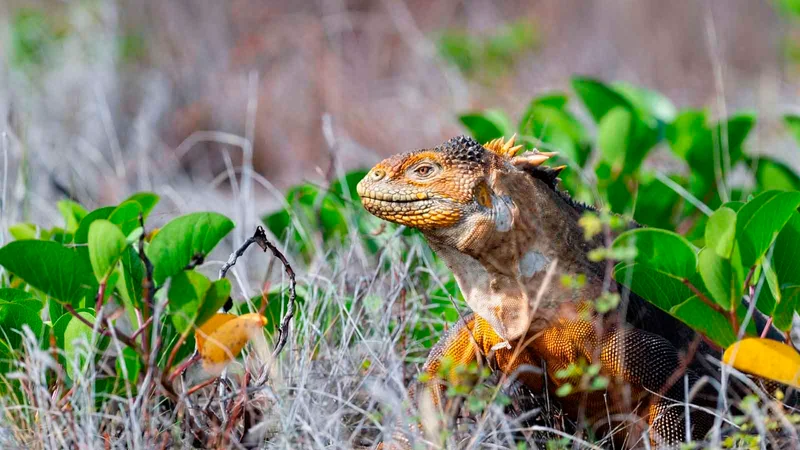
8 Day Galapagos Itinerary Includes
- Lodging on board in a cabin with private facilities.
- Three meals per full-day; unlimited water, coffee and tea.
- All excursions as mentioned in the itinerary with one English speaking certified dive guide per 8 guests.
- Airport-yacht-airport transfers (only guaranteed if passengers arrive at the scheduled meeting point, date and time).
8 Day Galapagos Itinerary Does not Include
- Roundtrip flight to Galapagos Islands.
- Galapagos National Park entrance fee (USD 200 pp).
- Transit Control Card (USD 20 pp).
- Full dive equipment rental (BCD, regulator, mask, fins, 7mm wetsuits, hoods, gloves, boots, torch).
- Nitrox (USD 150 pp).
- Soft and alcoholic drinks.
- Travel insurance (Medical coverage, Trip cancellation & Dive Accident insurance) and other items of personal nature.
8 Day Galapagos Itinerary Highlights
- Capture stunning photographs of the distinctive shape of "Chinese Hat"!
- Encounter amazing wildlife, including Giant Tortoises, Marine Iguanas, and other fascinating creatures!
- Stroll along the striking red beach on Rabida Island.
- Enjoy playful interactions with sea lion pups at Mosquera.
Itinerary Map
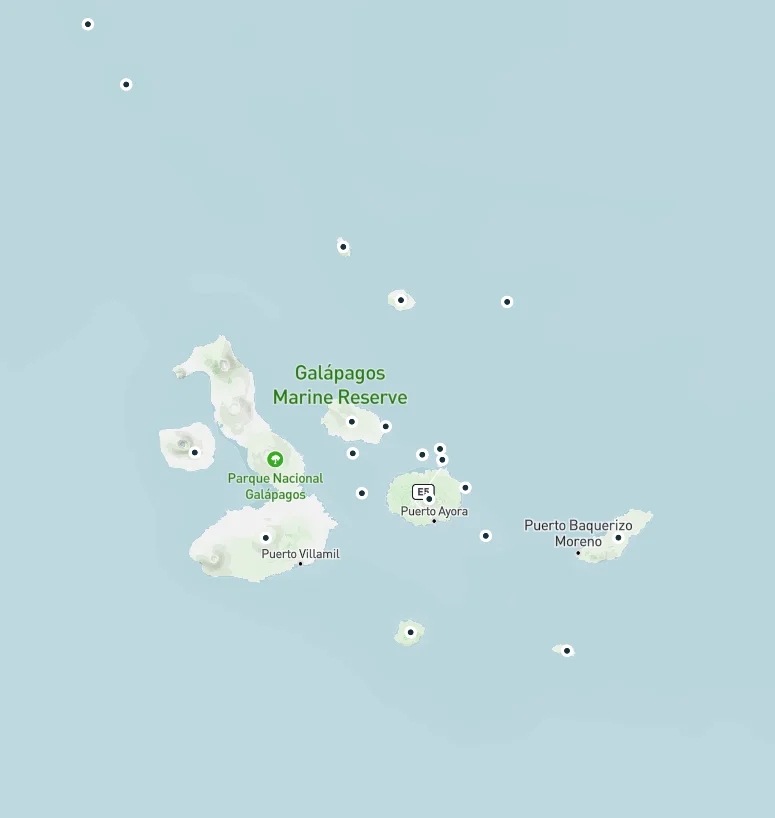
Animals you might see on this itinerary:
More information about the Galapagos Islands you visit in this 8 day itinerary:
Why travel with us?
Similar Itineraries
